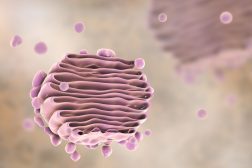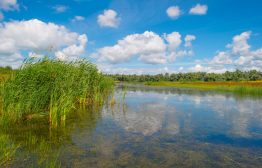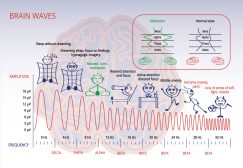Definition
noun, plural: tunicates
Any of the sessile marine chordates of the subphylum Tunicata
Supplement
Chordates are primarily characterized by having a notochord, dorsal hollow nerve cord, muscular post anal tail, and pharyngeal slits for at least some period of the life cycle of an animal. The phylum Chordata has three subphyla: Vertebrata (vertebrates), Tunicata (tunicates), and Cephalochordata (cephalochordates).
Tunicata (formerly Urochordata) is a subphylum of the animal kingdom, intermediate, in some respects, between the invertebrates and vertebrates, and by some writers united with the latter. They were formerly classed with acephalous mollusks. The body is usually covered with a firm external tunic, consisting in part of cellulose, and having two openings, one for the entrance and one for the exit of water. The pharynx is usually dilated in the form of a sac, pierced by several series of ciliated slits, and serves as a gill.
Most of the species when mature are firmly attached to foreign substances, but have free-swimming larvae which are furnished with an elongated tail and somewhat resemble a tadpole. In this state the larva has a urochord and certain other structures resembling some embryonic vertebrates.
Word origin: Latin tunicatus, past participle of tunicare (“to clothe with a tunic”)
Scientific classification:
- Kingdom: Animalia
- Phylum: Chordata
- Subphylum: Tunicata (Lamarck, 1816)
See also:
- chordate
- ascidian
- doliolum
- salpa







